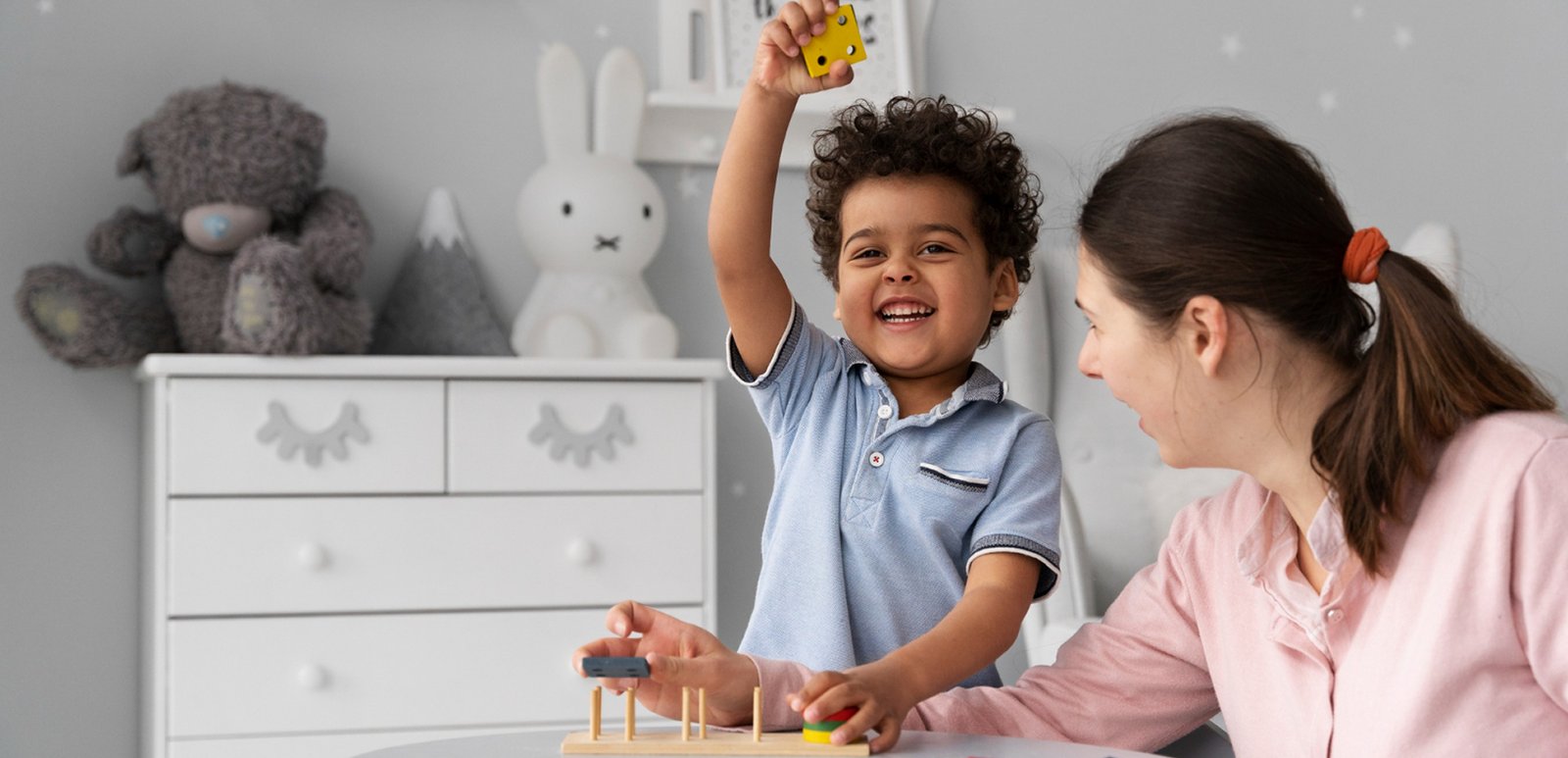Parenting a child with unique needs can feel overwhelming at times. One therapy often recommended for children with autism and developmental challenges is Applied Behavior Analysis (ABA). But what exactly is ABA, and how can it help your child thrive?
What is ABA Therapy?
ABA therapy is a structured approach that helps children develop positive behaviors while reducing those that may cause challenges. It is based on the science of learning and behavior, breaking down skills into small, manageable steps.
For example, a therapist might teach a child how to request a toy by first modeling the action, then encouraging the child to try, and rewarding the effort. Over time, these small steps build confidence and independence.
Key Benefits of ABA Therapy
- Improved Communication Skills – Many children learn how to express their needs and feelings more effectively.
- Better Social Interaction – ABA helps children understand social cues and practice skills like sharing and turn-taking.
- Increased Independence – From dressing to completing homework, ABA builds skills for daily life.
- Personalized Support – Each ABA plan is tailored to the child’s unique strengths and needs.
What Parents Can Expect
ABA therapy sessions usually take place at home, in a clinic, or at school. Parents are encouraged to participate so they can continue reinforcing skills outside of therapy.
Final Thoughts
ABA therapy is not a one-size-fits-all solution, but for many families, it provides a supportive framework for helping children grow. Understanding the basics is the first step in deciding whether this approach could benefit your child.



